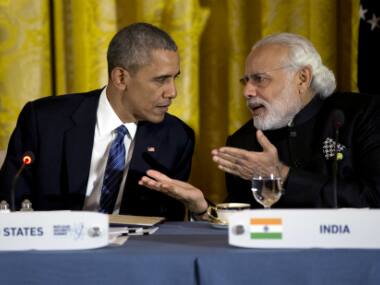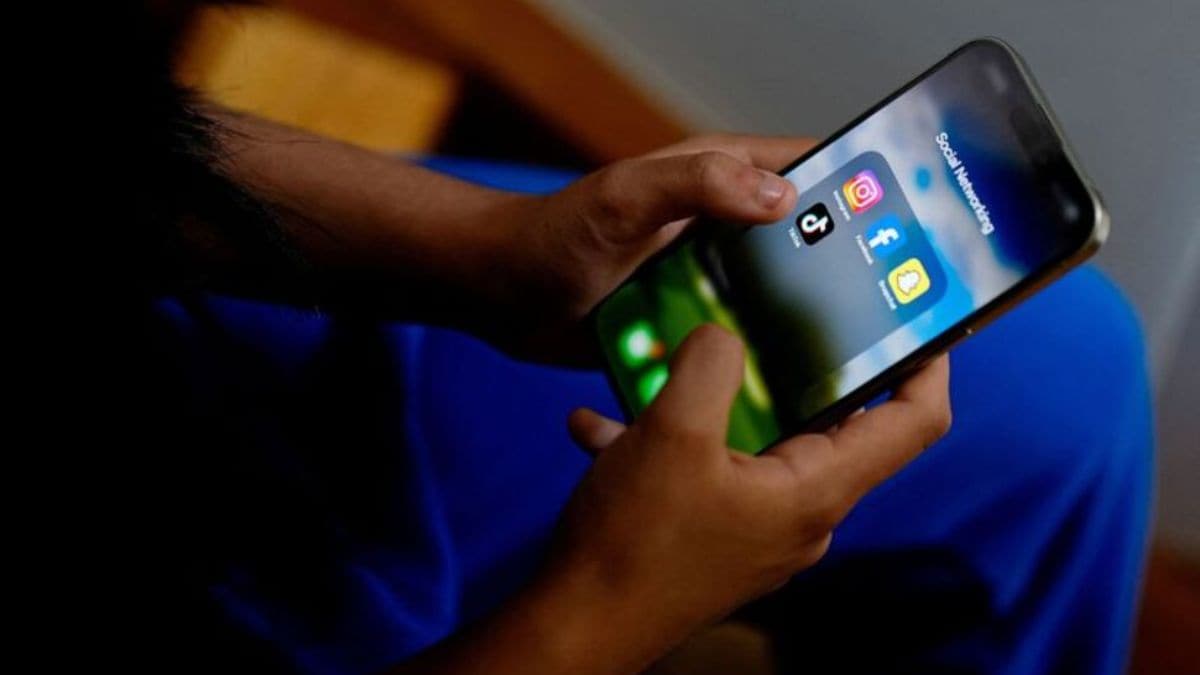In 2005, one issue that kept Indian and foreign media occupied for long was the United States denying Visa to the then Gujarat Chief Minister, Narendra Modi. The US embassy denied a diplomatic Visa under the 214 (b) of Immigration and Nationality Act citing Modi wasn’t coming there for a purpose that qualifies for a diplomatic visa. Modi was also denied a tourist-cum-business visa under Section under the 212 (a)(2)(g) of the Immigration and Nationality Act that makes any foreign government official who was responsible or “directly carried out, at any time, particularly severe violations of religions freedom” ineligible for the visa. Without saying so in as many words, the US was holding Modi responsible for the 2002 Gujarat riots that claimed over 2000 lives. The wounds of the massacre were still afresh. Nine years later, when Modi rose to the national scene and became the Prime Minister post the 2014 general elections, the question yet again returned to everyone’s minds. Will the former Gujarat chief minister, now the PM, be given a Visa to world’s biggest economy? After two years of the NDA-Government’s rule, Modi has today begun a five-nation tour that would include his fourth trip to the US and seventh meeting President Barack Obama since he became the PM. What is even more notable is that Modi is visiting US, this time, as Obama’s closest international partners. Indeed a sweet revenge for Modi for the insult he had to receive from the same nation a decade back. [caption id=“attachment_2816916” align=“alignleft” width=“380”]  US President Barack Obama and Indian Prime Minister Narendra Modi. AP[/caption] To be sure, even now, there isn’t unanimity in the US for Modi’s policies on religious, communal tolerance and human rights. There are voices against Modi, including that of prominent US Senator, Ben Cardin, who is also on Senat’s foreign relations committee. Cardin has attacked Modi ahead of the latter’s US visit saying India still needs to address issues of extra judicial killings, human rights, religious intolerance, forced labor and human trafficking. These issues will be possibly taken up with Modi during the visit. Cardin’s comments must be seen in the context of a US Commission on International Religious Freedom report accusing India with charges of rising occurrences of religious violence and a deterioration of religious freedoms in 2015. India is facing the threat of being portrayed as a hostile society on matters of religion and social conduct internationally. Also, one should note that the US’s new-found love to Modi is also because he is the PM of India—an emerging democratic and economic power—that can no longer be ignored by the developed world as the global power shifts from the West to East. Having India on its side is both politically and economically crucial for US. Although not a formal ally yet, the US needs to have the backing of India to check the rising influence of China in the region besides to fight militancy in the middle-east. Modi’s growing acceptance in the US should be seen in this context not the Modi-Barack camaraderie. Personal relationships between leaders wouldn’t certainly be a deciding factor for foreign policy success, particularly given that Obama is on his way out. But, the broader signals for India are good. There are multiple issues one should watch out for clues from Modi’s five-nation tour, mainly from the US. These include the bilateral military co-operations, progress on the 2005 civil nuclear agreement that hasn’t translated into material benefit for India yet, India’s prospects to join the nuclear supplier group–vital to the country’s interests and meaningful progress in the joint efforts to hunt down black money holders. It is unlikely that this visit, per say, will yield any major breakthrough in any of these matters, since diplomatic progress happens through continuous negotiations rather than through high-profile meetings. Till now, there aren’t any sign that India has accomplished major progress on most of the reached to the final lap on any of these issues. If this theory proves wrong, that will be big diplomatic victory for Modi. But big fireworks are unlikely. Selling brand India Undoubtedly, Modi has been the biggest brand ambassador of India in the recent times. It isn’t easy to recall any PM who has hard-sold the India story to foreigners as Modi did. The PM manages to pull large, loyal crowds, who chant his name in the Madison squares or Wembleys with the same ease he does it in a political rally at Varanasi or Kanpur, where he lists his achievements and promises even greater results in the following days. This time, as Modi boards his plane on the five-nation tour, he is reenergized with the commendable victory of his party in Assam and progress in other states, where the assembly polls were held last month. The 7.9 percent GDP growth would be surely highlighted so is the reform-progress his government achieved so far—most notably the subsidy reforms and bankruptcy code passage. There will be more promises on the ease of doing business and claims on why India is a good investment-destination. But, Modi’s claims will be countered with questions on how effectively the 7.9 per cent growth has percolated down to the grassroots in a country, which is still tagged as lower-middle income economy by the World Bank and where the unemployment is still major challenge. Going by the Labour Bureau data, the employment growth plunged to a six-year low in 2015 across the eight key labour-intensive industries and only 0.1 million jobs were created last year, compared with the 0.4 million jobs created in 2014 and even worse than the 0.3 million figure in 2012.It would be a mistake to boast the 7.9 per cent growth. As Cardin’s speech signals, there is a sense internationally about the widening religious, social divides in world’s largest democracy, especially since Modi has taken over. Modi’s challenge is to convince the world that India has a firm intent to reinstate the sense of social security in the society, continue with the economic reforms process and that the country has the ability to play a bigger role in the civil nuclear space.
Narendra Modi’s challenge is to convince the world that India has a firm intent to reinstate the sense of social security in the society, continue with the economic reforms process
Advertisement
End of Article


)

)
)
)
)
)
)
)
)



